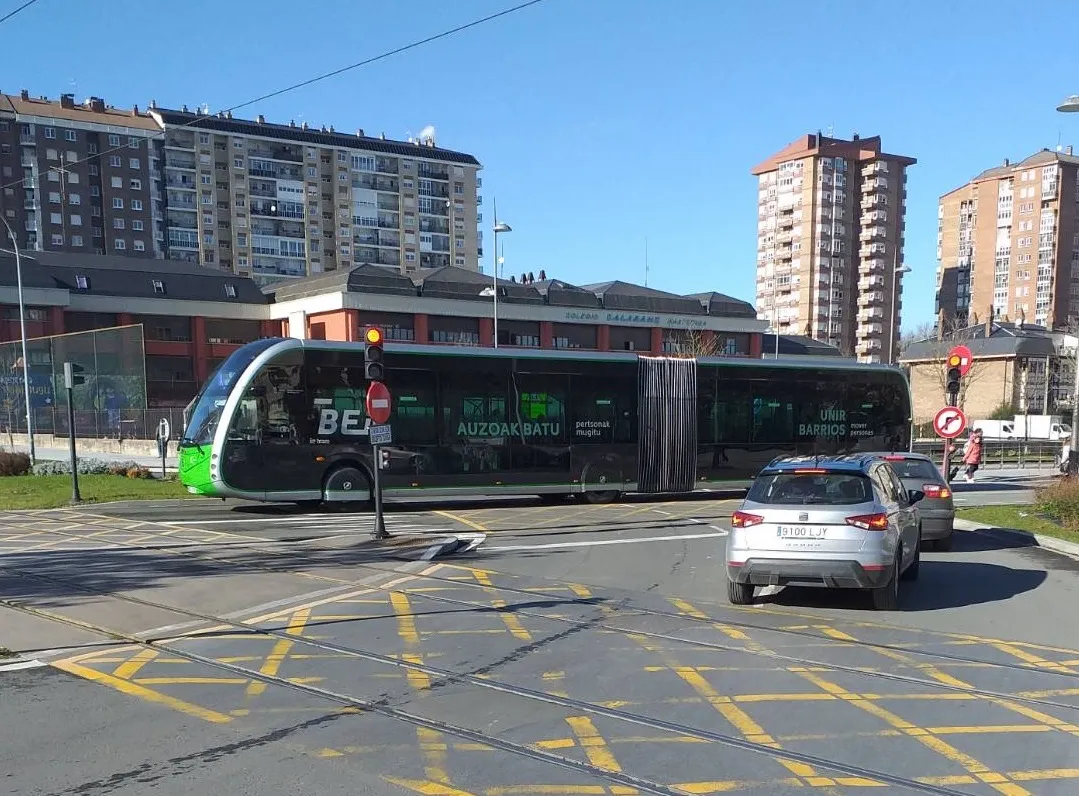Kapsch’s
The company, chosen by transport and transit authority Secretaría de Tránsito de la Ciudad de Buenos Aires, says it will finish the project by integrating third-party ITS and urban traffic control systems to help agencies coordinate traffic incidents.
Also, Kapsch was chosen by the Metropolitan Municipality of Lima, Peru, to maintain nearly 300 intersections. EcoTrafix will control more than 5,000 traffic lights, 128 CCTV cameras, 860 vehicle detection devices, 90 kilometres of optical fibre, 63 bluetooth detection system sensors and 15 variable message signs. The system’s origin-matrix-destiny capabilities will be used to monitor the movement of vehicles to help improve traffic conditions.
In Panama, Kapsch was commissioned by the Transit and Land Transportation Authority to carry out corrective maintenance of the capital’s traffic lights centralisation system. This system was installed in 2006 and is based on the Kapsch’s traffic controller products EcoTrafix Expert and EcoTrafix Controller.
Kapsch to deploy advanced traffic management systems in Latin America
Kapsch TrafficCom says it is strengthening its presence in Latin America through the delivery of its traffic management systems in three countries. The combined value of the contracts is approximately €15 million.
Kapsch’s EcoTrafix urban traffic management software will be used to integrate existing urban traffic control and management systems in Buenos Aires, Argentina. The solution is expected to improve coordination between agencies and will control more than 3,800 intersections, 60 variable message si
October 5, 2018
Read time: 2 mins








